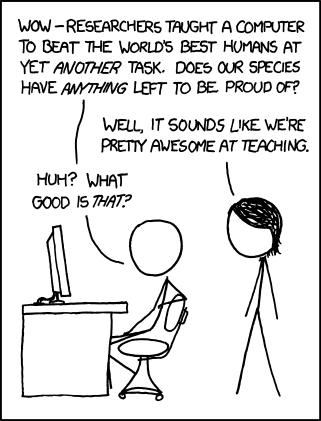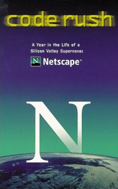Since browsing began I have been collecting images I have found online. Everything from humor to teaching material has ended up being stored and transferred between computers. Since hard disks keep getting bigger this has never been a problem. Unfortunately there is a problem when I want to use the images I have found – legally. In many situations the photographer is unknown. Sometimes, but very rarely, the image filename includes a clue to the photographers identity.
For photographers the problem is related but different. It is important for them to be able to find out where and who is using their photographs without permission.
One solution many of us have been waiting for is image search engines. The idea is that you upload an image that is then searched for on the whole web. It’s google images but using an image as a search term. The closest example of this today is the search engine Tineye but it needs to be developed. It now has a limited database of about 1.2 billion images (Facebook, Photobucket and Flickr alone combine for over 18 billion images).
But Plagiarism Today reports some good news in this area. Corrigon is a new version of this image search. You upload images to Corrigon these are added to their database while the service then crawls the Web, looking for matching images.
What makes Corrigon unusual is that it doesn’t store the images, but rather, fingerprints them and compares the fingerprint against other matches it finds on the Web. This is very similar to what C-registry.us is doing with its matching technology. However, where C-Registry is more geared toward preventing works from becoming orphans, Corrigon is more about image search (though C-Registry has added image search)
So there is some slow progress in this area. Maybe someone at google will come along and develop a simple, elegant and easily available service as a complement to the basic search.
A variation to this problem is the mass of images I take myself. Here the problem is not that I am unable to use my own pictures but rather that I cannot find the one image I know I am looking for. It’s there somewhere but with so many thousands of images it may as well be lost forever. Don’t know how this could be resolved without a massive identifying and tagging effort on my part.

 Join with over 3,000 active members in 48 countries, representing a diverse membership of computer users, software engineers, hackers, students, and freedom activists.When you sign up as a member, you join an informed society working together to make a better world: one respectful of individual freedoms, rights, and privacy, built on free software.
Join with over 3,000 active members in 48 countries, representing a diverse membership of computer users, software engineers, hackers, students, and freedom activists.When you sign up as a member, you join an informed society working together to make a better world: one respectful of individual freedoms, rights, and privacy, built on free software.
